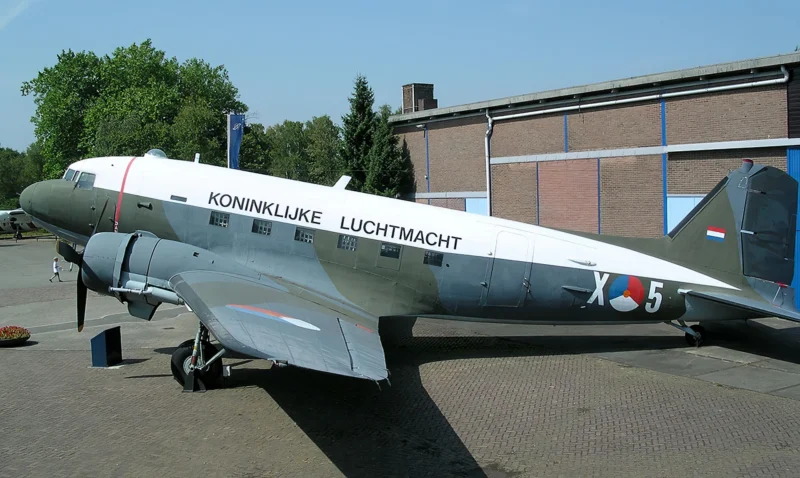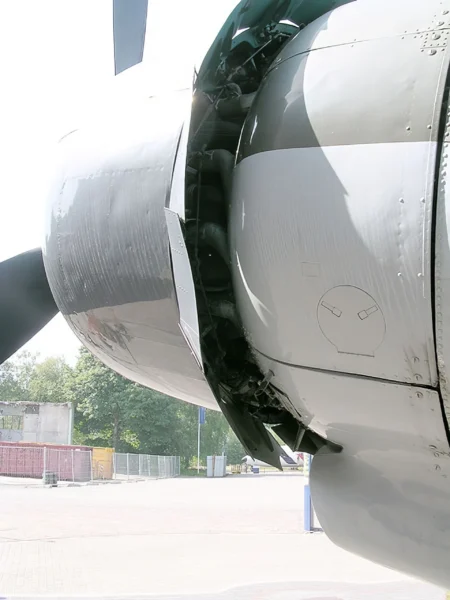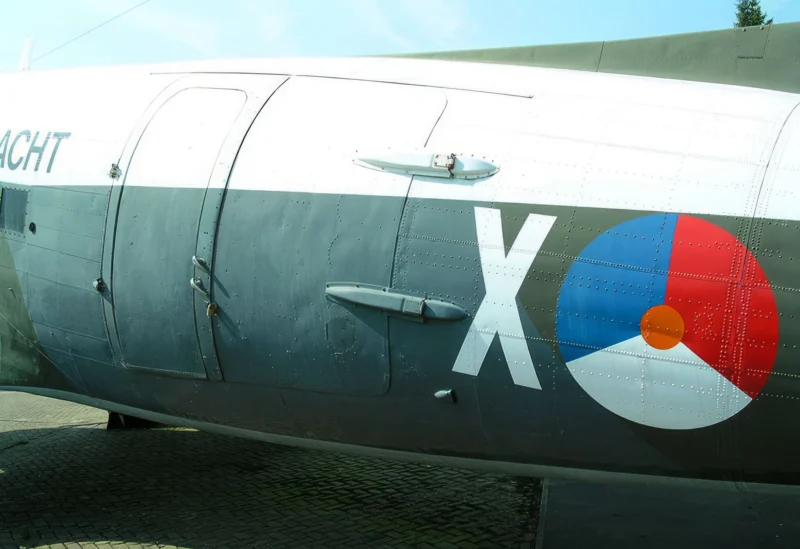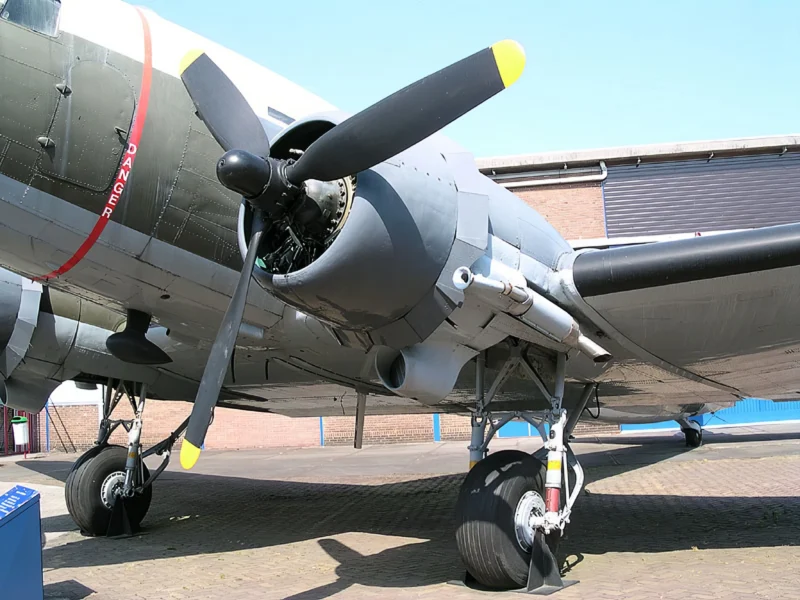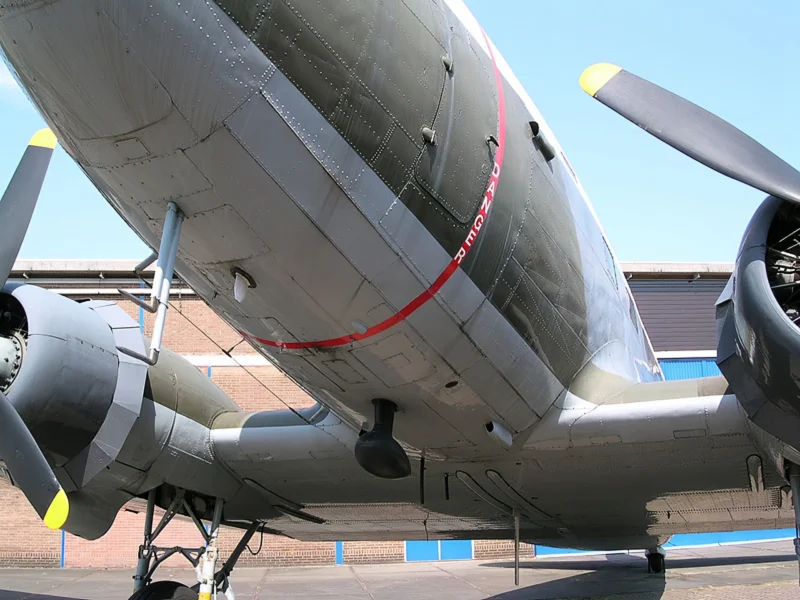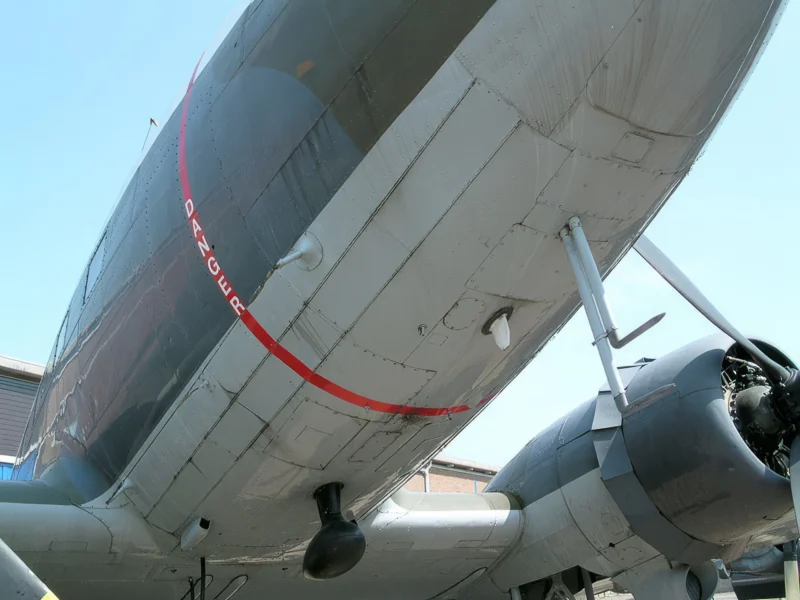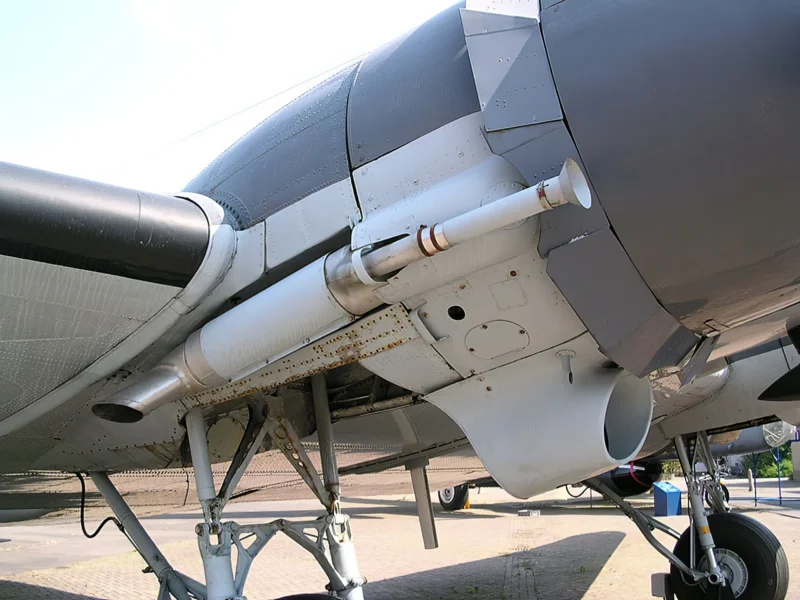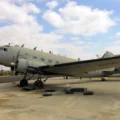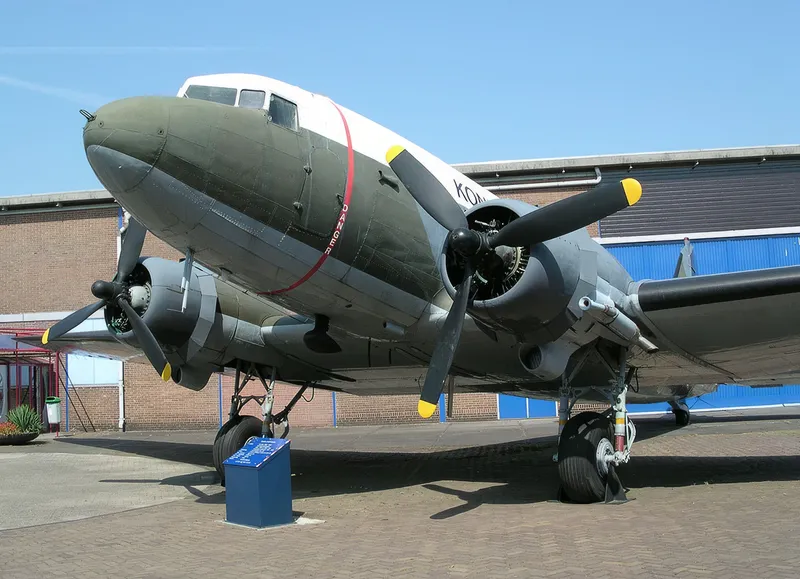
Douglas C-47 Skytrain | |
|---|---|
| País | E.e.u.u |
| Tipo | Avión de transporte |
Galería de fotos en un Douglas C-47 Skytrain, Douglas C-47 Skytrain es la designación oficial dada por la Fuerza Aérea del Ejército de los Estados Unidos a una de las versiones militares del DC-3. Fue el modelo más construido. Un avión de transporte versátil, robusto y fácil de mantener, fue utilizado en todos los frentes durante la Segunda Guerra Mundial. Bautizado Dakota por la Royal Air Force, que había utilizado DC-3 antes de las primeras órdenes militares de los Estados Unidos, fue apodado cariñosamente Pájaro Gooney por sus tripulaciones americanas. El C-47 fue construido en dos plantas especialmente creadas para la producción, en Long Beach, California, y Oklahoma City, Oklahoma, con la línea de producción indicada en la designación completa de la aeronave por las letras 'DL' (Long Beach) y 'DK' (Oklahoma City).
| Douglas C-47 Skytrain – WalkAround | |
|---|---|
| Fotógrafo | Unknow |
| Localización | Unknow |
| Fotos | 45 |
Ver también:
Ver también:
Origins and Design
The C-47 Skytrain was a military adaptation of the highly successful Douglas DC-3 civilian airliner, which had revolutionized commercial air travel in the mid-1930s. The military variant required several modifications to handle the harsh demands of wartime logistics.
- Key Modifications: The C-47 was fitted with a large cargo door on the left side of the rear fuselage, a reinforced cabin floor for heavy loads, a hoist attachment, and a shortened tail cone for towing gliders.
- Role Versatility: It was designed for a multitude of roles, including transporting troops and cargo, dropping paratroopers, evacuating casualties (as an “Aerial Ambulance” carrying 18 stretchers), and towing large military gliders like the Waco CG-4A.
- Powerplant: The aircraft was powered by two reliable Pratt & Whitney R-1830 Twin Wasp radial engines, each producing 1,200 horsepower.
Wartime Service and Legacy
The C-47 served in every major theater of the war, quickly becoming the backbone of Allied air transport. Over 10,000 C-47s and its naval equivalent, the R4D, were produced for the US military and its allies, along with thousands of license-built copies.
- D-Day (Operation Overlord): Its most famous role was in the invasion of Normandy on June 6, 1944. Over 1,000 C-47s dropped thousands of American and British paratroopers (from the 82nd and 101st Airborne Divisions, among others) and towed gliders behind German lines.
- The Hump: In the China-Burma-India Theater, C-47s flew the dangerous route over the Himalayan Mountains—known as “The Hump”—to supply the Nationalist Chinese forces, demonstrating incredible range and endurance under adverse conditions.
- Enduring Service: After World War II, the C-47 played a crucial part in the Berlin Airlift (1948–1949). Later versions, like the heavily armed AC-47 “Spooky” gunship (nicknamed “Puff the Magic Dragon”) and electronic warfare variants, served extensively in the Vietnam War.
Specifications (C-47A Skytrain)
| Characteristic | Especificación |
|---|---|
| Country of Origin | Estados Unidos |
| Tipo | Military Transport Aircraft |
| Equipo | 3 (Pilot, Co-pilot, Navigator/Radio Operator) |
| Capacity (Troops) | 28 fully equipped paratroopers/troops |
| Max Cargo Payload | 6,000 lbs (2,700 kg) |
| Envergadura | 29.1 m (95 ft 6 in) |
| Planta motriz | 2 x Pratt & Whitney R-1830-92 Twin Wasp radial engines, 1,200 hp each |
| Max Speed | 360 km/h (224 mph) at 10,000 ft |
| gama | 2,575 km (1,600 miles) with full payload |
Vistas : 2683
